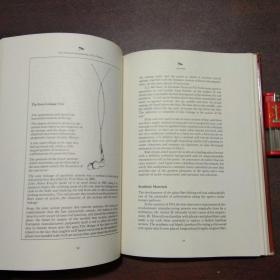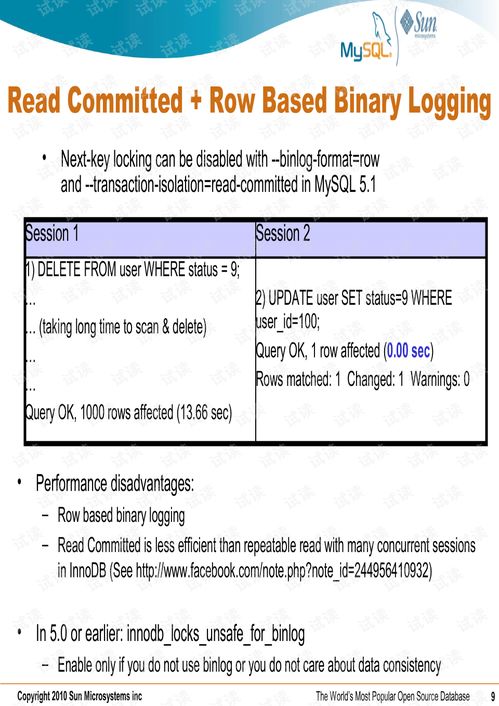In the tranquil waters of rivers, lakes, and ponds, traditional fishing techniques often hold a unique charm. One such technique that has been passed down through generations is using zongye, or bamboo leaves, for fishing. This ancient method, while seemingly simple, requires a keen understanding of nature and a bit of skill. Here's a comprehensive guide to mastering the art of zongye fishing.
Understanding Zongye Fishing
Zongye fishing is a traditional Chinese technique that involves using bamboo leaves as a means to attract fish. The bamboo leaves are typically tied onto a string or thread, creating a simple yet effective lure. The concept is based on the natural movement of bamboo leaves as they sway in the water, mimicking the motion of insects or small fish, which can trigger a fish's predatory instincts.
Choosing the Right Bamboo Leaves
The quality of the bamboo leaves is crucial for successful zongye fishing. Look for leaves that are fresh and green, as these are more likely to move naturally in the water. Avoid leaves that are wilted or damaged, as they may not be as effective at attracting fish.
Preparing the Lure
To prepare the bamboo leaves for fishing, follow these steps:

- Select the Leaves: Choose the freshest and most vibrant leaves.
- Trim the Leaves: Cut the leaves into strips of about 2 to 3 inches in length.
- Tie the Leaves: Secure the leaves onto a string or thread using a strong knot. Ensure that the leaves are spread out evenly along the string to create a natural-looking lure.
Choosing the Right Location
Zongye fishing can be done in various water bodies, but certain locations are more conducive to success:
- Shallow Waters: Fish tend to congregate in shallow waters, where the movement of the bamboo leaves is more visible.
- Currents: Areas with gentle currents can help the leaves move more naturally.
- Covered Areas: Weeds, rocks, and other natural structures can provide cover for fish, making them more likely to investigate the bamboo leaves.
The Fishing Technique
Once you have prepared your lure and chosen your location, follow these steps to fish with zongye:
- Cast the Lure: Cast the lure into the water with a gentle flick of your wrist. Avoid casting too hard, as this may damage the leaves or scare off fish.
- Adjust the Distance: Allow the lure to drift with the current, adjusting the distance as needed. The leaves should be allowed to move naturally without being pulled too quickly.
- Wait and Watch: Sit quietly and observe the water. If a fish is interested, it may nudge or bump into the leaves.
- Set the Hook: When you see a fish actively interacting with the lure, gently set the hook by tugging on the string.
- Reel in the Fish: Once the fish is hooked, reel it in slowly and carefully.
Safety and Etiquette
When engaging in zongye fishing, it's important to consider safety and etiquette:
- Respect the Environment: Be mindful of your surroundings and avoid disturbing wildlife or damaging the environment.
- Follow Local Regulations: Ensure that you are following any local fishing regulations or restrictions.
- Use Appropriate Gear: Use the right fishing rod and line for zongye fishing to ensure a smooth and enjoyable experience.
Conclusion
Zongye fishing is a delightful blend of tradition, nature, and patience. By mastering the art of using bamboo leaves as lures, you can enjoy a unique fishing experience that connects you with the beauty of the water and the rich cultural heritage of your ancestors. With the right technique and a deep respect for the natural world, zongye fishing can be a rewarding and sustainable way to fish.












